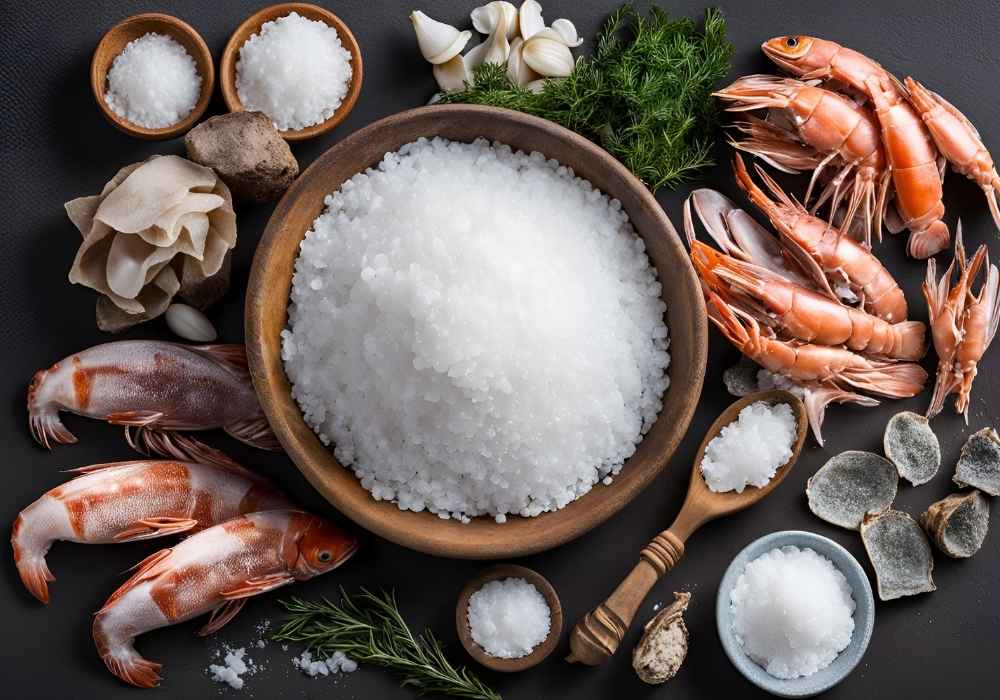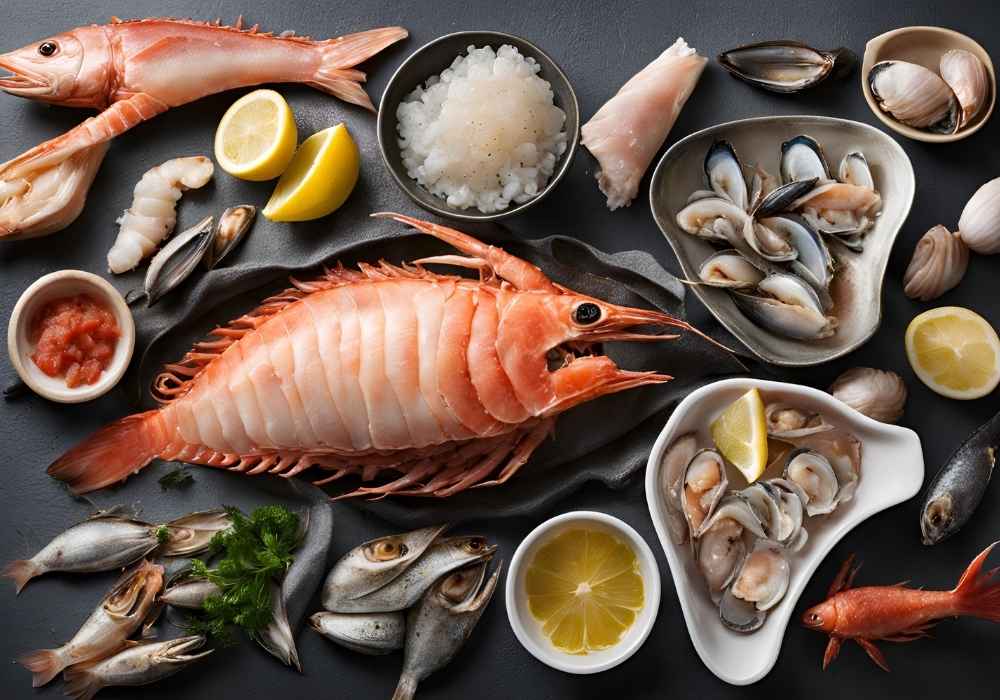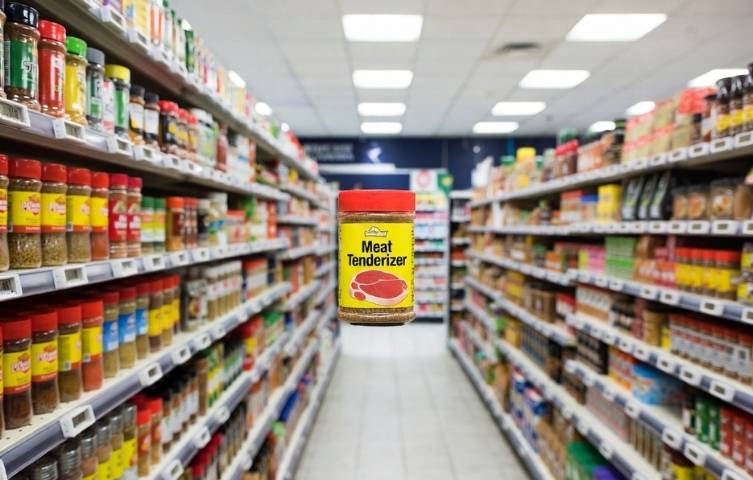Seafood is a versatile and delicious ingredient that can elevate any meal properly. However, an essential aspect of cooking seafood often gets overlooked—cleaning it. Cleaning seafood is not just a prep step; it’s necessary for improving freshness, removing impurities, and enhancing taste.
Saltwater, in particular, is a powerful and natural cleaning agent for seafood. If you’re wondering why or how to use it, you’re in the right place. This guide will walk you through everything you need to know about cleaning seafood with salt water, ensuring your dishes taste fresh and are free of unwanted grit or odors.
Whether you’re a home cook, seafood lover, or health-conscious, these practical steps will empower you to prepare your seafood like a pro.
Why Use Salt Water to Clean Seafood?

Saltwater mimics the natural environment of most seafood, making it a practical and gentle cleaning option. Here’s why it’s an ideal choice:
Removes Sand and Grit: Shellfish like clams, mussels, and oysters often contain sand or grit, which salt water helps purge.
Neutralizes Odors: Cleaning fish with salt water helps reduce the “fishy” smell without compromising freshness.
Preserve Texture: Unlike harsh chemicals or soaps (which you should never use), salt water keeps the seafood’s natural texture intact.
Retains Flavor: It enhances the seafood’s natural flavors while ensuring it’s clean and ready to cook.
Now that you know why, let’s discuss the “how.”
Steps to Clean Seafood with Salt Water

Step 1: Gather Your Supplies
Before you start, ensure you have the following items ready:
- Fresh seafood (fish, shellfish, etc.)
- Coarse sea salt or table salt
- A large bowl for soaking or washing
- Clean, cold water (preferably filtered)
- Paper towels or a clean kitchen towel for drying
Pro tip: Always clean seafood as soon as possible after purchase to maintain its quality and freshness.
Step 2: Prepare Your Salt Water Solution

To create the perfect saltwater solution, mix 1/4 cup of coarse sea salt with 4 cups of cold water (adjust proportions based on how much seafood you are cleaning). Stir until the salt dissolves completely. The solution should closely resemble the salinity of ocean water.
For shellfish like clams and mussels, consider soaking them in slightly salted water (just 2-3 tablespoons of salt for every gallon of water). You’ll see why this matters in the next step.
Step 3: Clean Each Type of Seafood
Different types of seafood require slightly different cleaning methods. Use these detailed approaches based on what you’re preparing.
Cleaning Shellfish (Clams, Mussels, and Oysters)
Rinse Thoroughly: First, rinse shellfish under cold running water to remove surface dirt and debris. Use a stiff brush to scrub the shells.
Purge Sand and Grit: Submerge the shellfish in your prepared salt water solution and let them soak for 20–30 minutes. This encourages the shellfish to purge any sand or grit trapped inside.
Rinse Again: After soaking, rinse each piece thoroughly under cold water to remove any remaining debris.
Cleaning Fish
Rinse the Exterior: Hold the fish under cold running water, ensuring both sides are rinsed.
Descale (If Necessary): Use a scaler or the back of a knife to remove scales, starting at the tail and moving toward the head.
Salt Water Rinse: Dip the fish into the saltwater solution, ensuring the entire fish is submerged. This will help deodorize and clean its surface.
Clean the Interior: If working with whole fish, clean the inside cavity with salt water.
Cleaning Shrimp or Prawns
Rinse in Salt Water: Place shrimp or prawns in the saltwater solution for 5–10 minutes. This will loosen any dirt or impurities between the shells and flesh.
Peel and Devein (Optional): If desired, peel away the shells and use a small knife to remove the black vein (the digestive tract) along the back.
Rinse Again: Give the peeled or deveined shrimp another quick rinse in cold water.
Step 4: Dry Your Seafood
Once your seafood is clean, pat it dry with paper towels or a clean kitchen towel. This step ensures the seafood is ready for cooking and won’t release excess water into your pan or dish.
Essential Tips for Cleaning Seafood with Salt Water
Use Cold Water Only: Hot or warm water can partially cook the seafood and affect its texture and flavor. Always use cold water for cleaning.
Don’t Over-Soak: While soaking shellfish is necessary for purging grit, over-soaking can dilute flavor or, worse, cause shellfish to die if left too long.
Avoid Using Detergents: Never use soap or detergents to clean seafood, as these can leave harmful residues and alter the taste.
Check for Freshness: Always inspect your seafood before cleaning. Discard any shellfish that fail to close when tapped or fish that smells overly pungent or sour.
The Benefits of Properly Cleaning Seafood
Cleaning seafood with salt water isn’t just about food hygiene—it directly benefits the health-conscious home cook and seafood aficionado alike.
Improved Texture: Removing impurities ensures your seafood retains its desired tenderness and consistency during cooking.
Better Flavor: Proper cleaning eliminates unwanted odors and leaves you with fresher, brinier-tasting seafood.
Enhanced Presentation: Clean seafood looks more vibrant and appealing, making it the perfect centerpiece for your dish.
What’s Next? Perfect Seafood Dishes
Once your seafood is prepped and cleaned, you’re ready to cook! Clean seafood takes any dish to the next level, whether steamed mussels, grilled shrimp skewers, or a classic fish curry.
If you want to experiment further, pair your seafood with seasonal produce or infuse it with flavors like lemon, garlic, and fresh herbs. The possibilities are endless!




